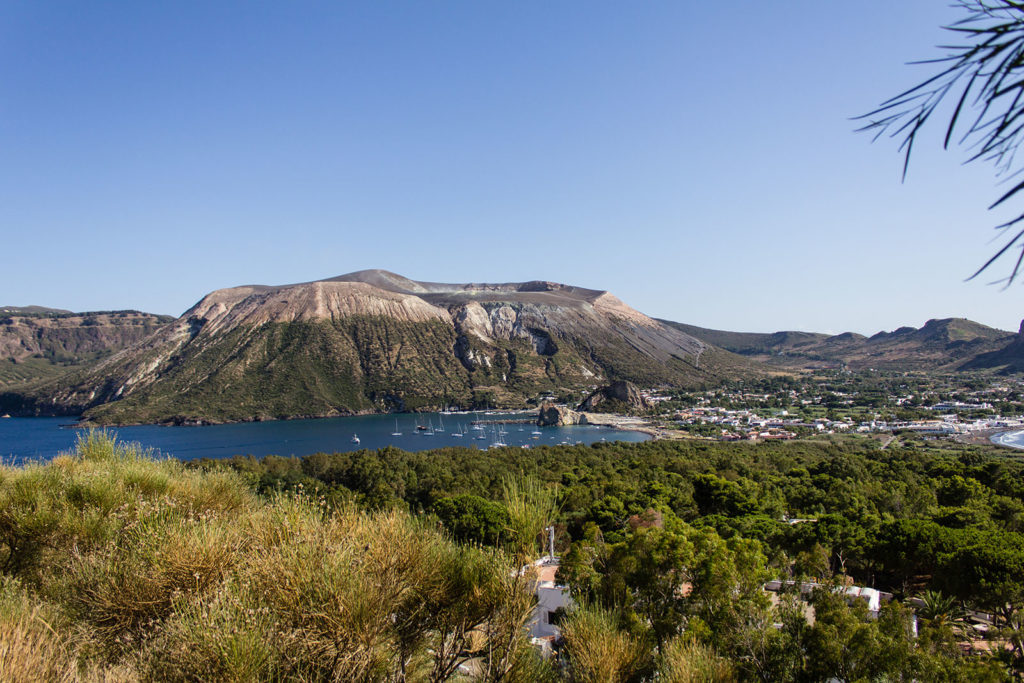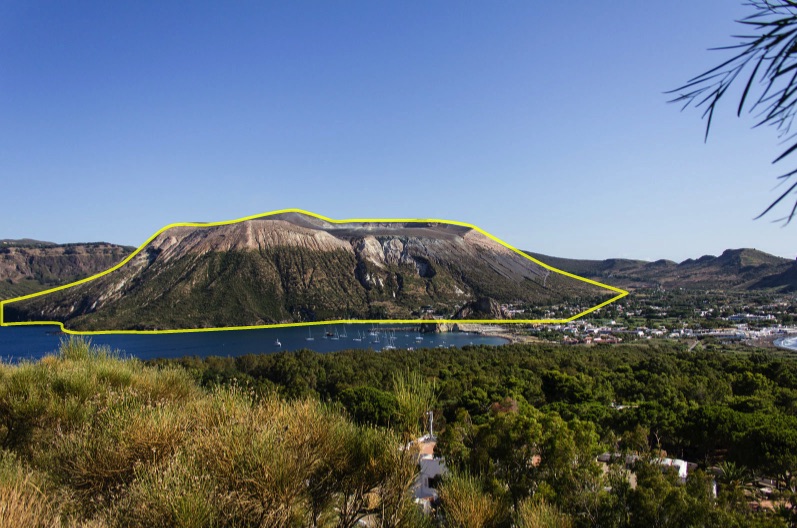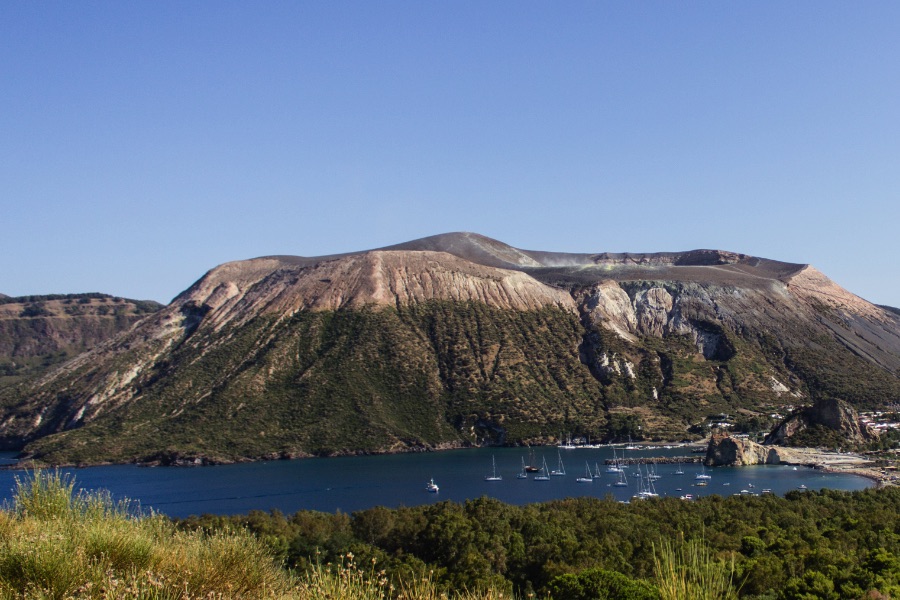The island of Vulcano is a perfect example of how nature can create many different shapes and colours through volcanoes and bring them together in a single island. It is one of the youngest of the Aeolian Islands. Though it is not as young as Stromboli, whose last eruption was only 10 minutes ago!

Volcanic activity on this island began “only” 127,000 years ago, which seems a long time, but in reality for a volcano it is only a few years. This “brief” period gave rise to the formation of several volcanic structures, which gradually overlapped each other while moving northwards.
One of the main characteristics of Vulcano is the formation, at the end of each life cycle of the volcanic structure, of a
caldera collapse
.
Volcanic activity above sea level began in the southern part of the island, between the villages of Piano and Gelso: the collapse of this volcanic structure led to the formation of the Caldera del Piano, which profoundly changed the shape of the island.
Around 78,000 years ago, the eruptions moved northwards, to the area where the Fossa cone is present today, with the formation of several small eruptive centres.
Finally, the current Fossa cone began to form around 8,000 years ago, with a series of volcanic eruptions often accompanied by small lava flows. This intense volcanic activity, combined with the ever-present
fumarolic activity
at the Gran Cratere of La Fossa, fed the
myth of Hephaestus
during Greek and Roman times, and many other legends in later centuries.
The
last eruption
from 1888-90 was also characterised by volcanic eruptions: this was one of the first eruptions in the world to be observed and studied in first person, by the scientist Giuseppe Mercalli. Together with volcanologist Etneo Orazio Silvestri, he studied the eruptive mechanisms and the chemical-physical characteristics of Vulcano’s magma.


